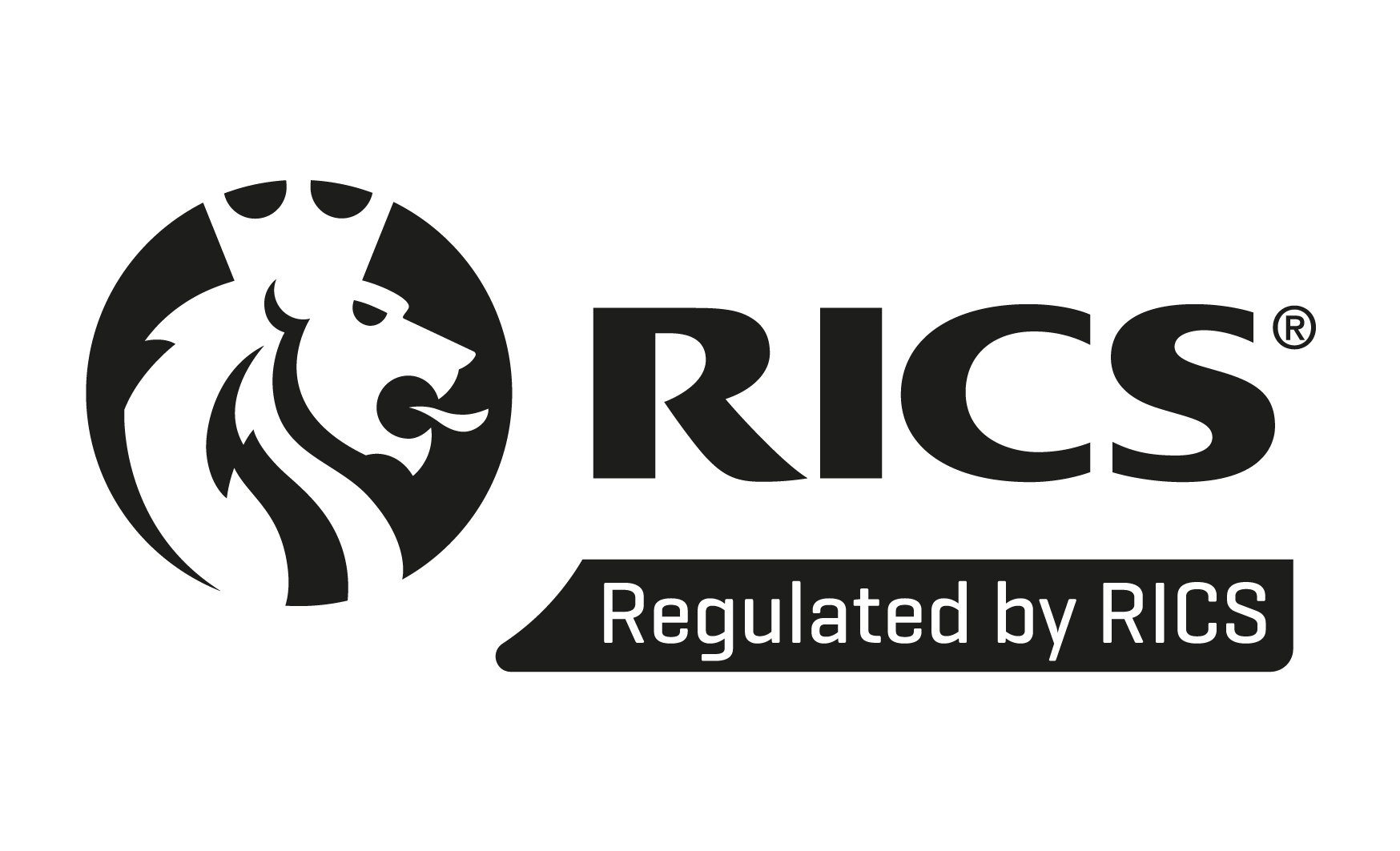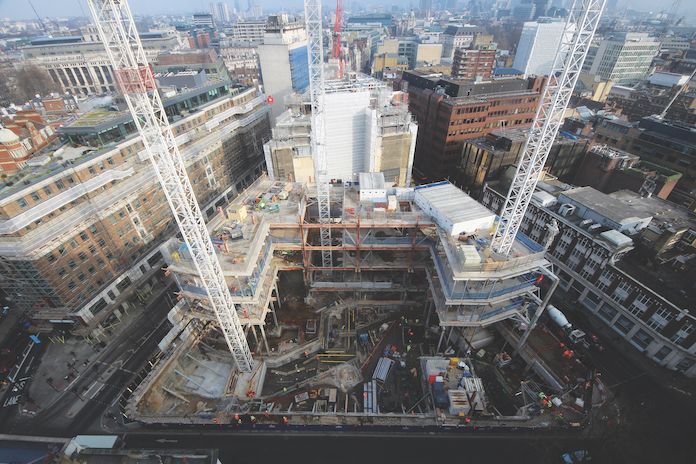Is construction ready for the Building Safety Act?
In 2022, the new Building Safety Act obtained Royal Assent and its impact is dividing opinions across the construction industry.

Some have questioned the necessity of the legislation, like Emma Evans at Brabners:
“The current regime hasn’t been working effectively. What it [the government] is trying to do is tighten up every single person’s role, from design, conception, planning, building handover to occupation, and make sure the right questions are asked of the right people at the right times.”
At the core of the legislation are changes to the work of the Building Safety Regulator (BSR) whose duties include: “ to regulate and hold to account those participating in the design and construction of new buildings, and the refurbishment of existing buildings that are within scope of the new regime”. It promises firm action against those companies who “repeatedly offend, act irresponsibly, or whose actions could cause serious harm.”
Building inspectors - of whom there is a shortage of - are expected to regulate this with the government earmarking £42m to recruit, train and employ new ones.
Already though, some industry experts are predicting issues around:
- Enforcement
- Recruitment
- Trading Standards
- The “golden thread”
This last point needs looking at - as it formed part of Dame Judith Hackitt’s post-Grenfell report. It said that all high-rise residential towers should have a digital record or “golden thread” so the “original design intent is preserved and changes can be managed through a formal review process”. The BSR described it as a building’s “single source of truth”. It adds that this must be proportionate and dependent on what stage the building is at in its life. The thread (digital record) will show what changes were made and when and who completed these.
This golden thread dovetails well with the Building Safety Act, which regulates in the procuring, designing, and constructing high-rise buildings.
Additionally, this Act makes ground-breaking reforms to give residents and homeowners more rights, powers, and protections – so homes across the country are safer.
It delivers far-reaching protections for qualifying leaseholders from the costs associated with remediating historical building safety defects, and an ambitious toolkit of measures that will allow those responsible for building safety defects to be held to account.
It overhauls existing regulations, creating lasting change and makes clear how residential buildings should be constructed, maintained and made safe.
The Act creates three new bodies to provide effective oversight of the new regime: the Building Safety Regulator, the National Regulator of Construction Products and the New Homes Ombudsman.
Together these changes mean owners will manage their buildings better, and the home-building industry has the clear, proportionate framework it needs to deliver more, and better, high-quality homes.
Many of the detailed provisions in the Act will be implemented over the next two years through a programme of secondary legislation.
What are your thoughts on the Building Safety Act?
Follow our active LinkedIn page and connect with Richard Barnes on there to join the discussion.




